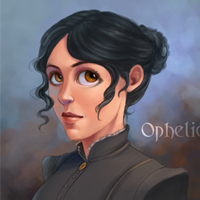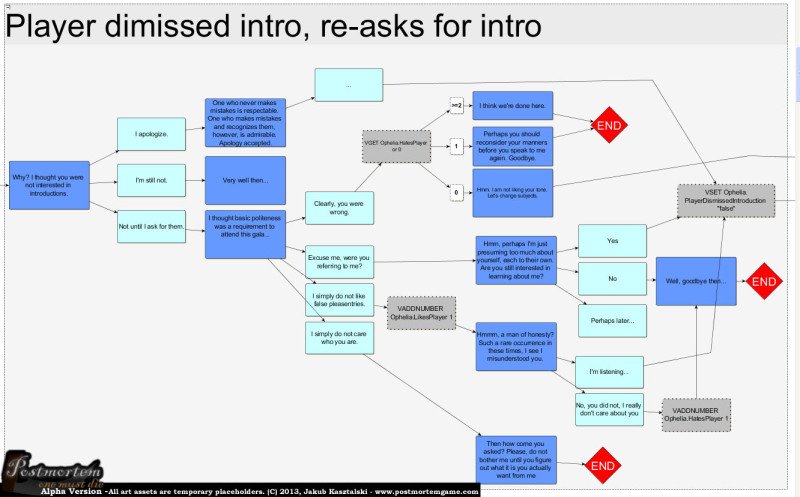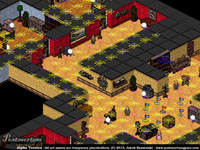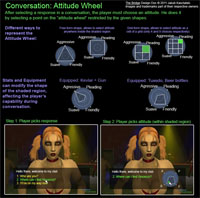My exploratory narrative game, Postmortem, casting you as Death incarnate in an industrial-age country torn by conflict and riots, moves onto Beta with a release date!
Continue reading “Postmortem moving to Beta with a release date!”

My exploratory narrative game, Postmortem, casting you as Death incarnate in an industrial-age country torn by conflict and riots, moves onto Beta with a release date!
Continue reading “Postmortem moving to Beta with a release date!” →

Video of a chaotic but functional San Fran street from 1906 – lesson about game AI agents, social commentary on governments, or just a sign my coffee is a little too strong on this 9:35am Sunday morning?

Developing my indiePostmortem, I’ve been slowly growing a list of programming libraries, art assets, and content-creation tools; hopefully it is useful to you!
Continue reading “Tools and resources for making an indie game” →

The third alpha release of Postmortem brings proper physics and character wandering, with some funny side effects and bugs. Oh and a complimentary behind-the-scenes screenshot too.
Continue reading “Postmortem 3rd milestone – now with physics, walking and bumping!” →

Annoyed with Twitter Flood, I made a small WebApp to calculate how much time you need to spend reading Twitter every day JUST to keep up, among other stats. Yea, good luck!
Continue reading “Tweetulator – futility of trying to keep up with Twitter” →

WebApps and Games running Flash have been bothered by Apple’s refusal to support the plugin and its increasing bloat. HTML5 was touted as its replacement, which I never quite bought into. Until I learned that’s not where it really shines.

Recent years brought us many “artsy” narrative-driven games with varying degrees of interactivity. But as the genre matures, I feel the gameplay is increasingly getting in the way of enjoying the games.
Continue reading “How much “gameplay” is too much in narrative games?” →

I finally let someone else play my in-development Postmortem game, as I set next to them silently, grabbed a notepad, and watched. After an hour and two pages of notes, I learned a lot not just about my game, but game design itself!
Continue reading “What I learned from the first playtest of my game” →

You are Death. In a country torn by a violent domestic conflict and industrial revolution,a charity gala brings together a cast of influential and ambitious characters. But the Powers That Be demand you take one life tonight.
How will you choose?
Continue reading “Postmortem: one must die – Announcing my Game and Recruiting Help!” →

When a player chooses a play style in a game, he is presented with a multitude of options. A “fighter” can use many weapons, parry, dodge, and use potions or magic scrolls. A “thief” can usually sneak around, hide in shadows, use sound cues, distract the enemy, turn off lights or use gadgets. Even in non-RPGs, such as a racing game, one can change their car, tweak the engine, ram into enemies or drive peacefully. And he can do it all dynamically, at any point in the game, constantly adjust and re-adjusting his strategy.
But a “conversationalist” – what can he do besides merely picking from one of the few predefined responses?